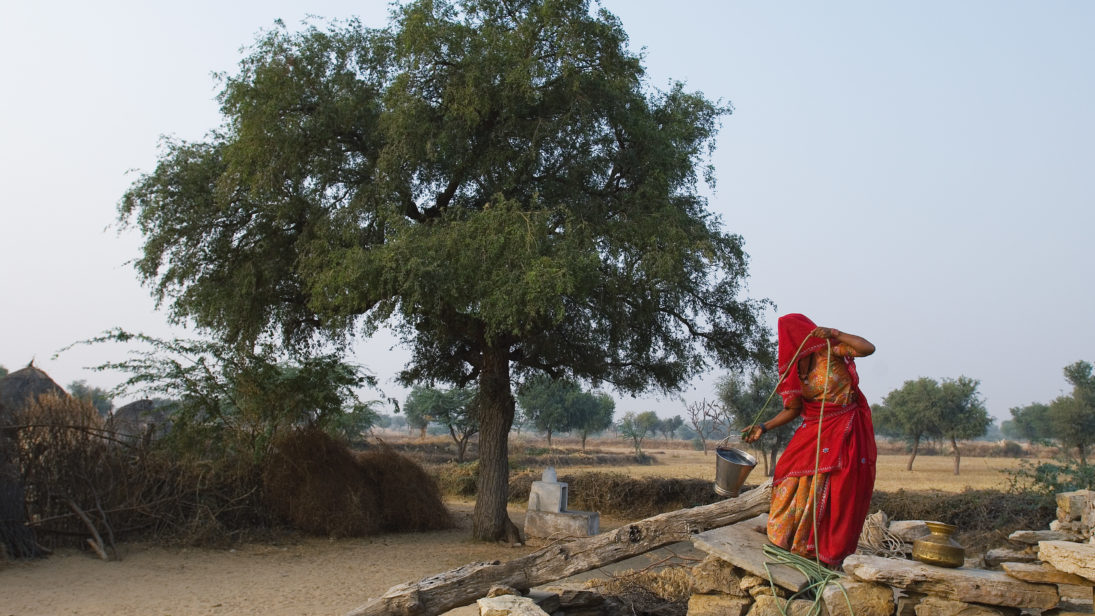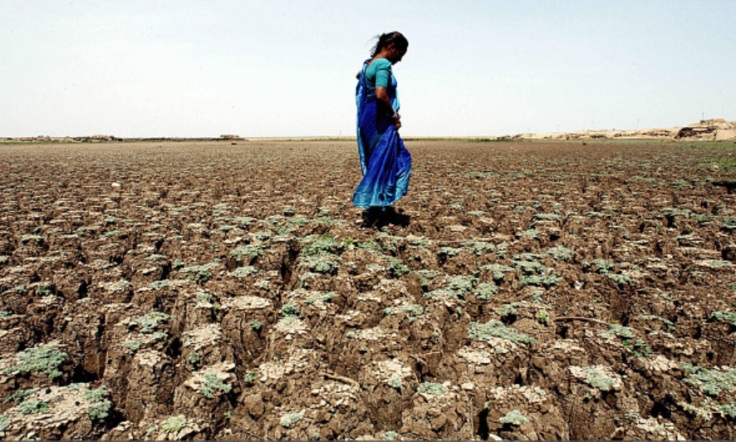
One of the most critical global challenges in the coming years is the existential threat humans face from climate change. While climate change is a global occurrence, South Asia will likely be one of the hardest hit regions – the Global Climate Risk Index ranks Sri Lanka, Nepal, Bangladesh, and India 2nd, 4th, 9th, and 14th respectively in the list of nations most affected by extreme weather. In recent years, South Asia has seen an increase in the number of climate change-related natural disasters. Flooding in India and Bangladesh as well as earthquakes in the Hindu Kush regions of Pakistan and Afghanistan only serve as a few examples of this increase.
While climate change has many implications for South Asia, its impact on security remains relatively understudied. With India being South Asia’s most populous country, it is worth examining the impact climate change will have on its security and stability. In India, as in the rest of South Asia, early research suggests climate change may heighten security risks by influencing terrorist organizations’ recruitment methods, increasing internal strain from environmental refugees, and exacerbating income inequality.
Exploiting Agrarian Challenges and Natural Disasters
In India, as in the rest of South Asia, early research suggests climate change may heighten security risks by influencing terrorist organizations’ recruitment methods, increasing internal strain from environmental refugees, and exacerbating income inequality.
The long-term effects of climate change-related natural disasters, such as drought and infertility of the soil, could lead to dwindling sources of income for rural societies that are dependent on agriculture. This is particularly relevant for India which has an over 60 percent rural population. As climate change increasingly threatens rural communities and livelihoods, it could intensify local grievances, in turn contributing to insurgent group recruitment. The Naxalites, an insurgent movement based largely in rural parts of India, have benefited from an increase in support from populations affected by agricultural hardship.
Climate change-induced scarcity could also heighten insurgent group fighting with the government and/or local populations for resources. For instance, the Naxals have been known to clash with the government in times of food shortage. As a result of a severe drought in Bastar and Dantewada in 2004, the Naxals killed 500-1000 farmers to ensure food security for their own cadres.
Additionally, climate change-induced natural disasters may highlight government incapacity and/or slow and inefficient responses to provide disaster relief, thus leaving terrorist and/or extremist groups to fill the void. Such humanitarian action by terror groups could burnish their credentials as legitimate actors working for the benefit of the people. For instance, in an example from Pakistan, Jamaat-ud Daawa (JuD), the social wing of terrorist organization Lashkar-e-Taiba (LeT), was the first to respond in the aftermath of the October 2015 Hindu Kush earthquake, which killed more than 200 people in Pakistan.
Although there is still relatively little research on this, preliminary evidence indicates that terror groups could exploit climate change-induced events to increase their recruitment levels by providing relief and assistance when governments cannot . It will be important to watch how insurgent and terror groups in India and South Asia capitalize on this in the future, particularly in ecologically-sensitive areas that also have security concerns, such as Kashmir.

Climate Refugees
The dislocation or displacement of people due to climate change-related natural disasters has led to the growing phenomenon of climate refugees. UN reports suggest climate migrants alone could reach 200 million by 2050, with some reports suggesting these numbers could be upwards of 1 billion. India is already dealing with up to 1.5 million internally displaced people every year. As extreme weather becomes increasingly common in South Asia, India and other countries in South Asia will need to develop the capacity to address a growing number of climate refugees.
A growing number of climate refugees creates two main security risks. First, despite generally low rates of radicalization, refugee camps have been used by terrorist groups as potential grounds for recruitment. Take, for instance, the Al Qaeda in the Indian Subcontinent (AQIS) operative scouring refugee camps in India to induct susceptible Rohingyas to fight the Myanmar government.
Second, domestic hostility toward refugee populations can intensify intercommunal violence, especially if a state lacks the capacity or resources to care for a large refugee population. Resentment towards refugees is already visible in India, with the Rohingya and Bangladeshi Muslims most recently bearing the brunt of right-wing castigation. As such, an increase in climate refugees across India may strengthen this negative discourse. Although further research should be done on the links between climate migration and conflict, early reporting suggests climate refugees will likely contribute to the growing number of displaced people globally, causing potential security challenges.
Income Inequality and Rising Discontent
Climate change may also exacerbate already stark income inequality in India and South Asia. Various reports have shown that climate change disproportionately affects those from rural and lower income households more than those from the upper classes in South Asia. Similarly, Pakistan and Bangladesh—both already witnessing high levels of income inequality—are among the nations that are most at risk of increased poverty after a natural disaster.
As such, terrorist groups may use the climate change-driven income equality to boost their numbers. There have already been such instances with groups such as AQIS using the rising water inequality in Bangladesh as a reason to persuade individuals to join their group, and strengthen anti-India rhetoric.
Income disparity can provide fodder for insurgencies and/or terrorist groups in regions such as Northeast India or Afghanistan. These places are already plagued by income inequality and poverty, which have prolonged conflicts, and will likely be severely affected by climate change.
As the vulnerability to shocks from natural disasters and lower-crop yields are disproportionately felt by lower-income populations, it will be important to consider how climate change-induced income inequality may shape threats from non-state actors. In regions such as Northeast India or Afghanistan, which are already plagued by poverty, have prolonged conflicts, and are sensitive to climate change effects, climate-related income disparity could provide fodder for insurgencies and/or terrorist groups.
Conclusion
India already has myriad security challenges. When coupled with a rise in climate change-induced disasters, such as floods, earthquakes, cyclones, and droughts, the region is more likely to be affected by the compounded security implications of climate change. With the urgency of this issue in mind, India has to take steps to mitigate the impact of climate change on security. For one, it should establish specialized cells to further research the climate-security nexus. Secondly, increased cooperation and communication between security agencies and environment ministries both within India and across national borders can help inform policy steps to reduce climate change-related violence and conflict. Overall, the costs of taking reactionary measures against climate change in the future far outweigh the costs of taking preventative measures in the present.
Editor’s Note: Scholars are increasingly paying attention to the security impacts of climate change, however, this nexus remains relatively understudied, particularly in South Asia. Climate change-induced events may cause large-scale migration and impact the availability of resources, which in turn could stir
***
Image 1: Erik Helle via Flickr


